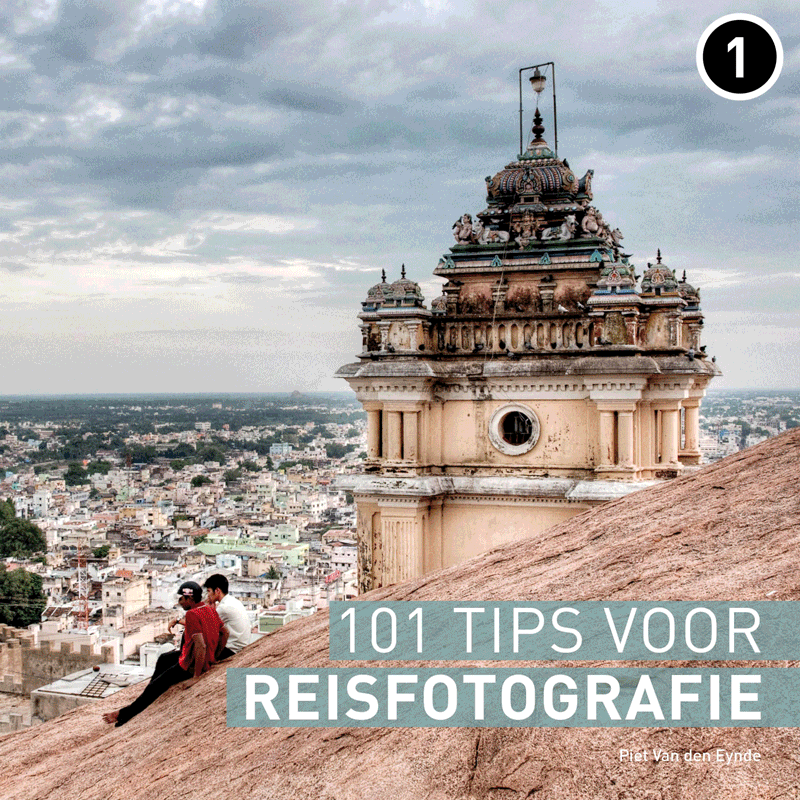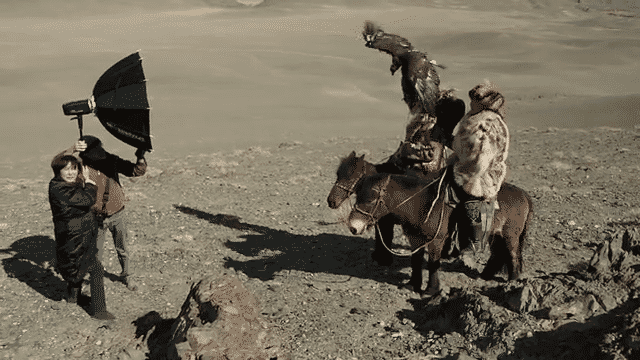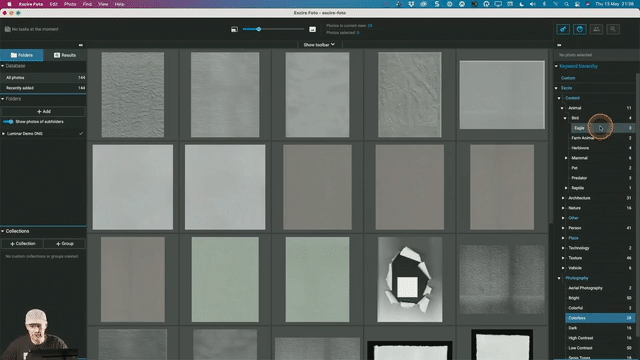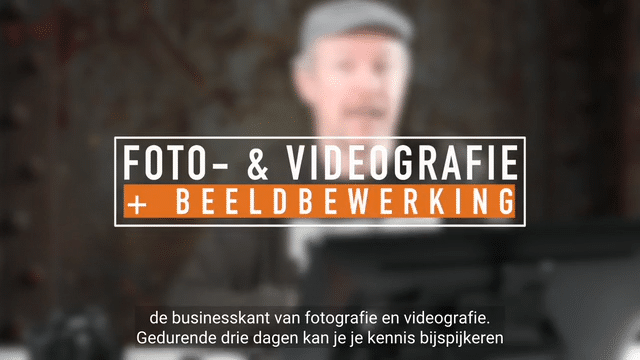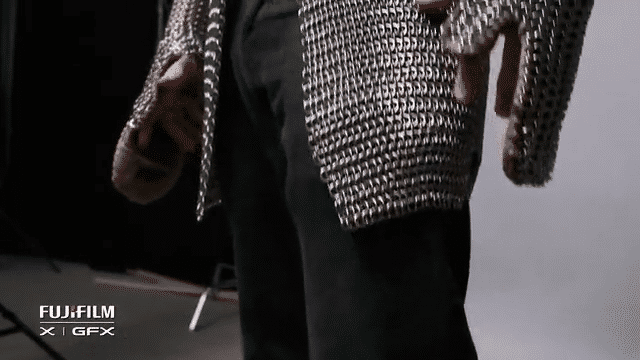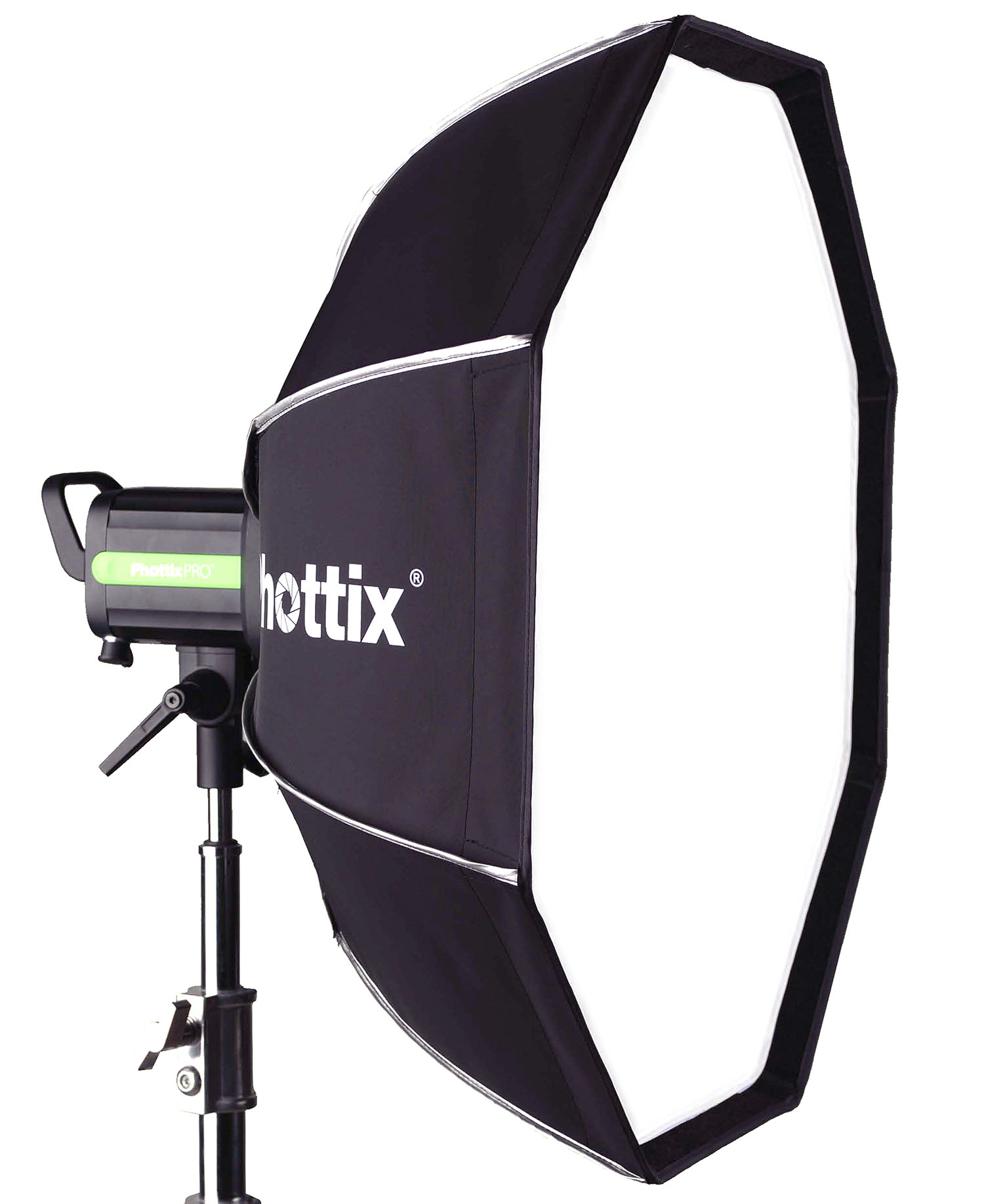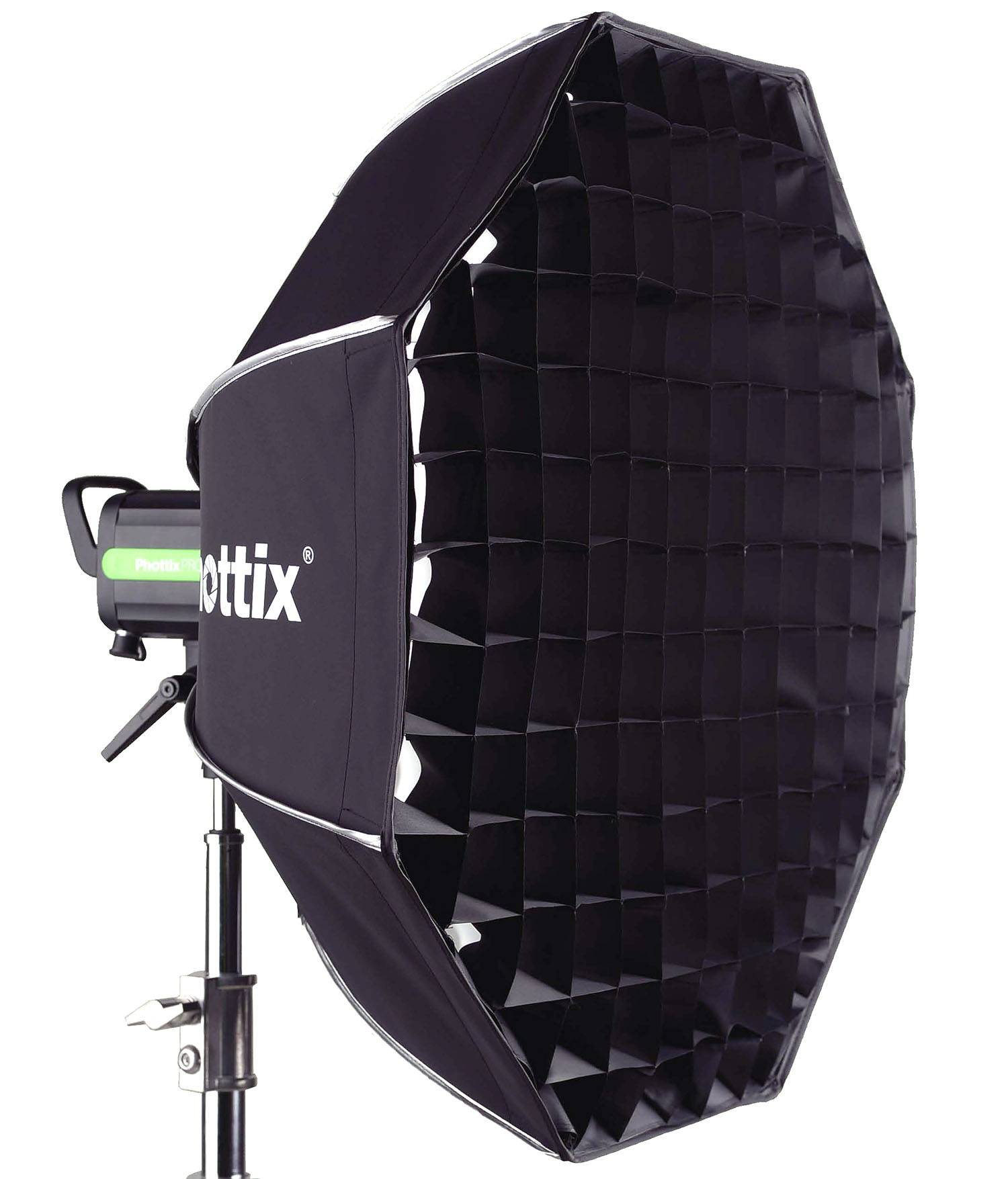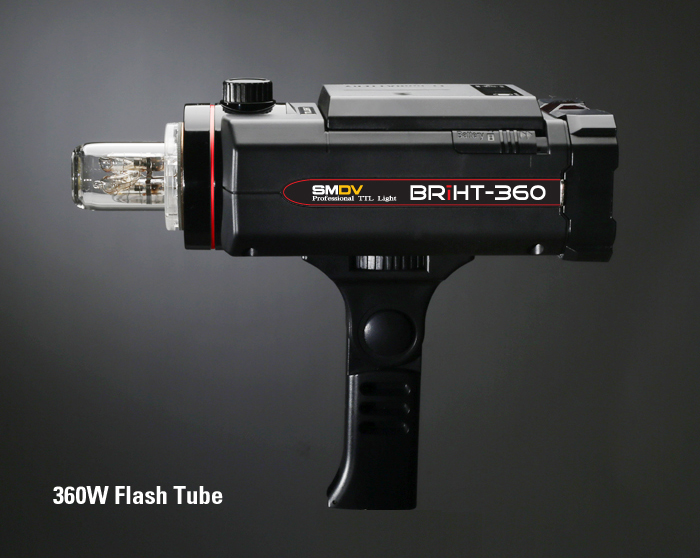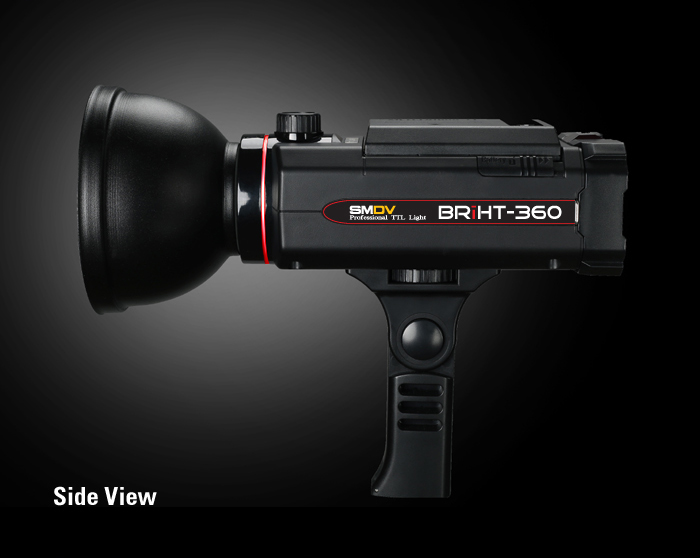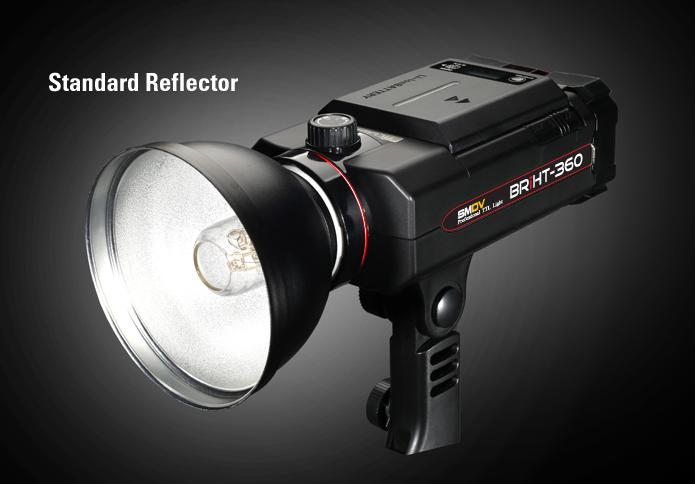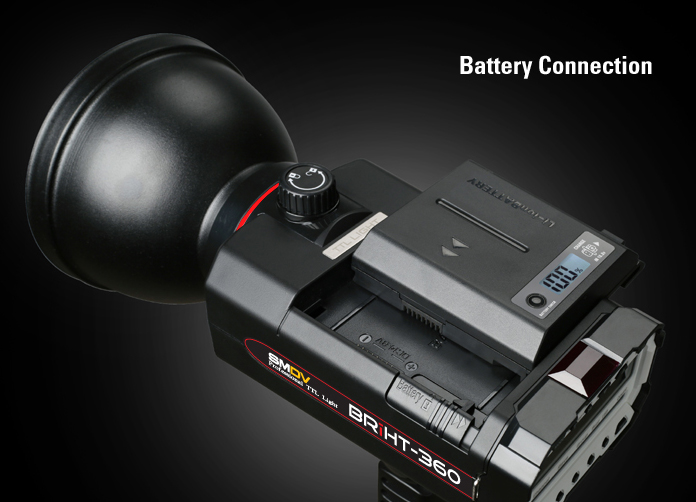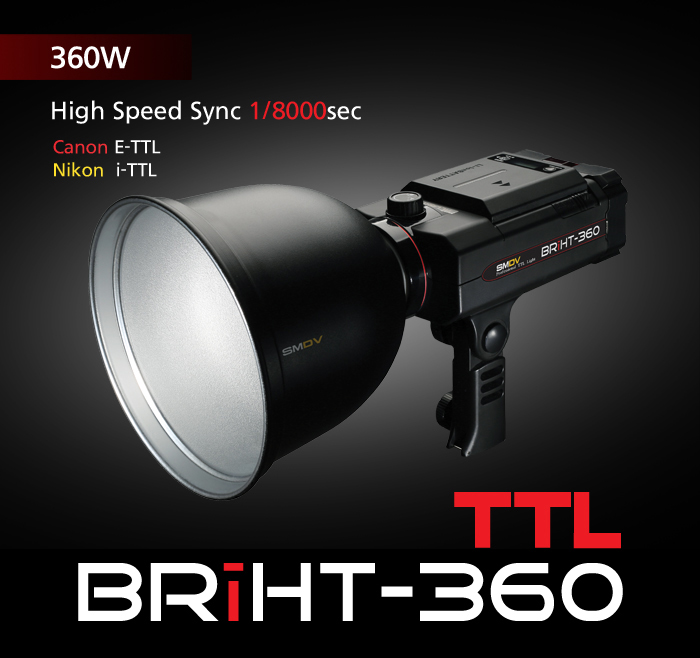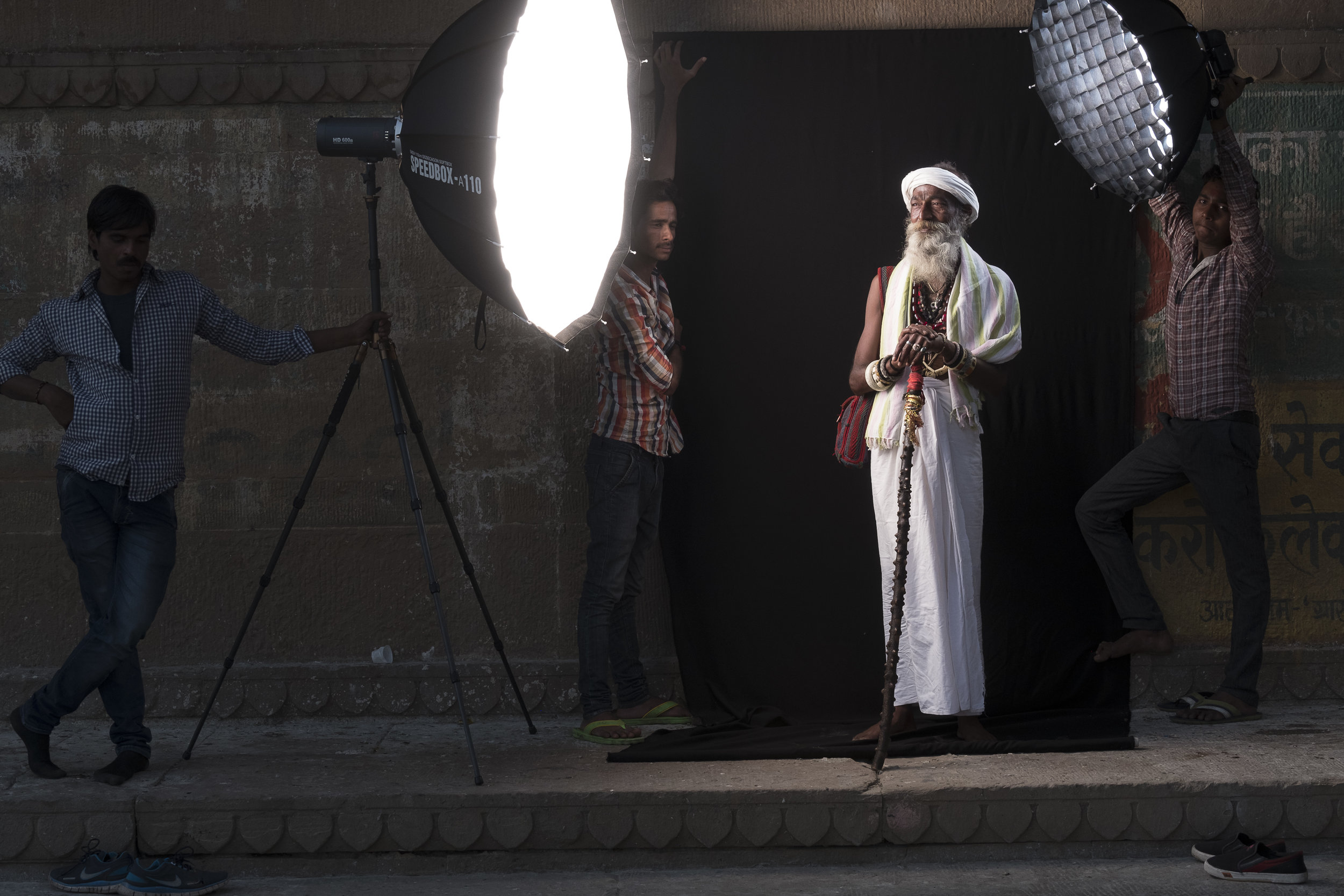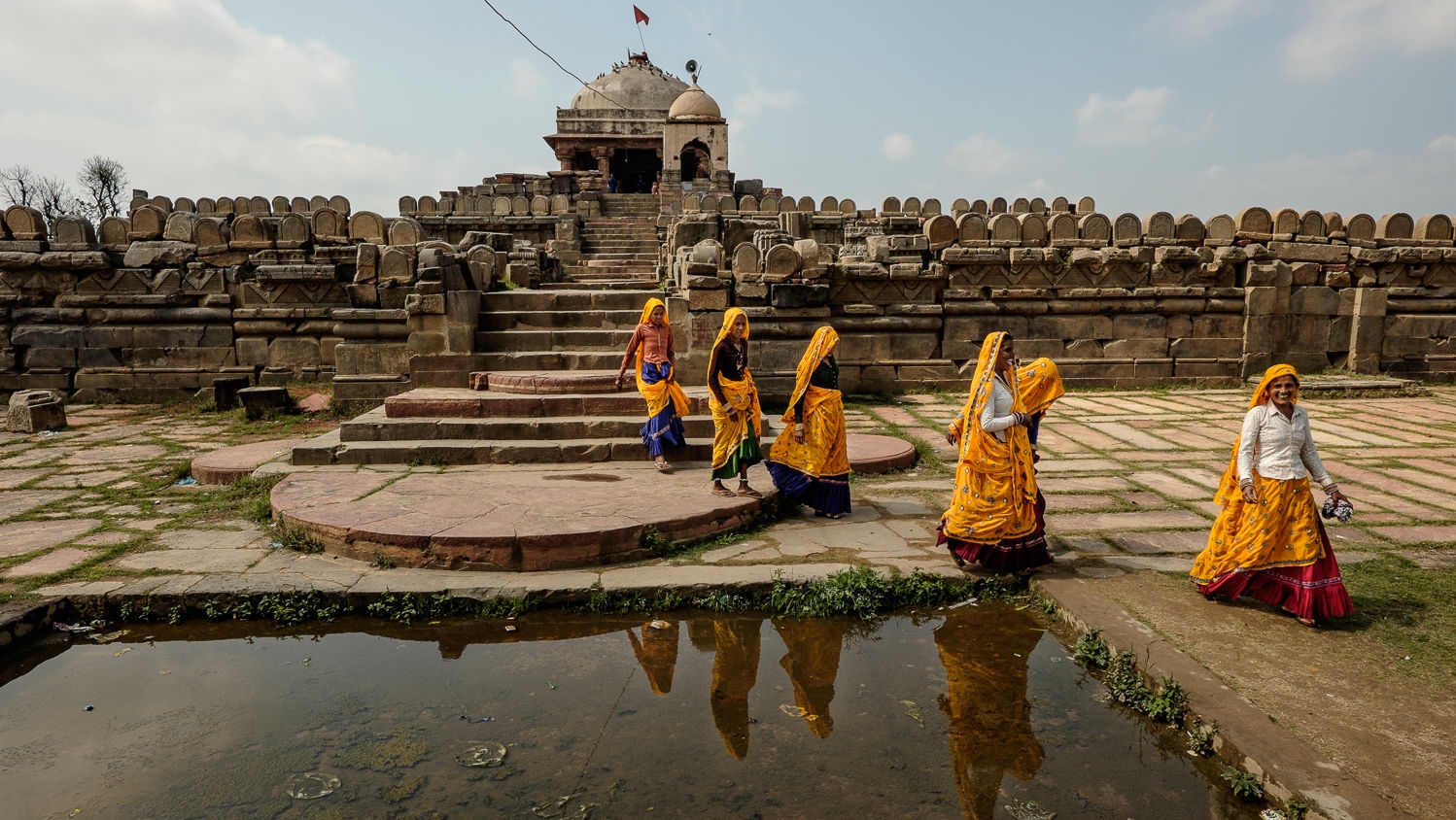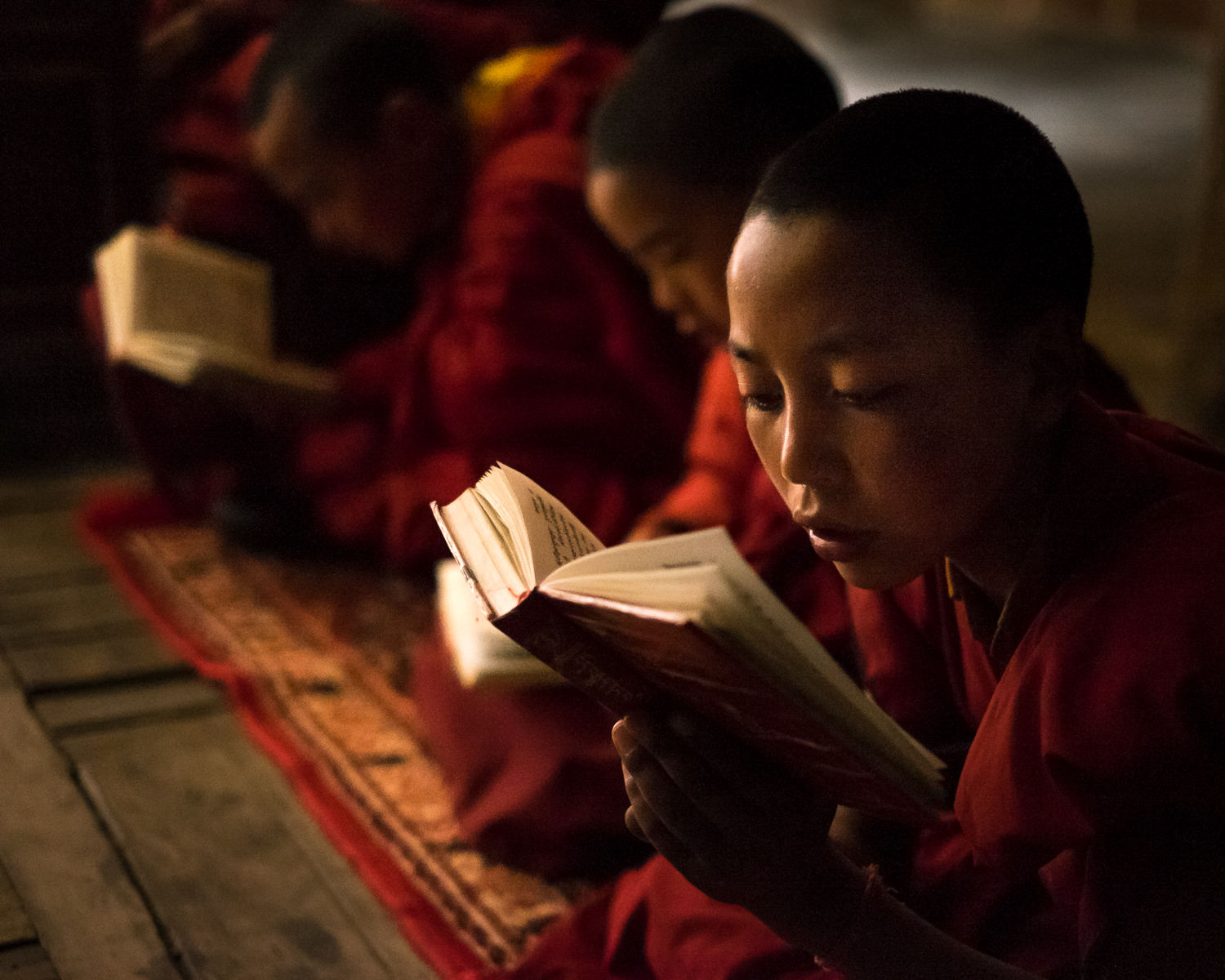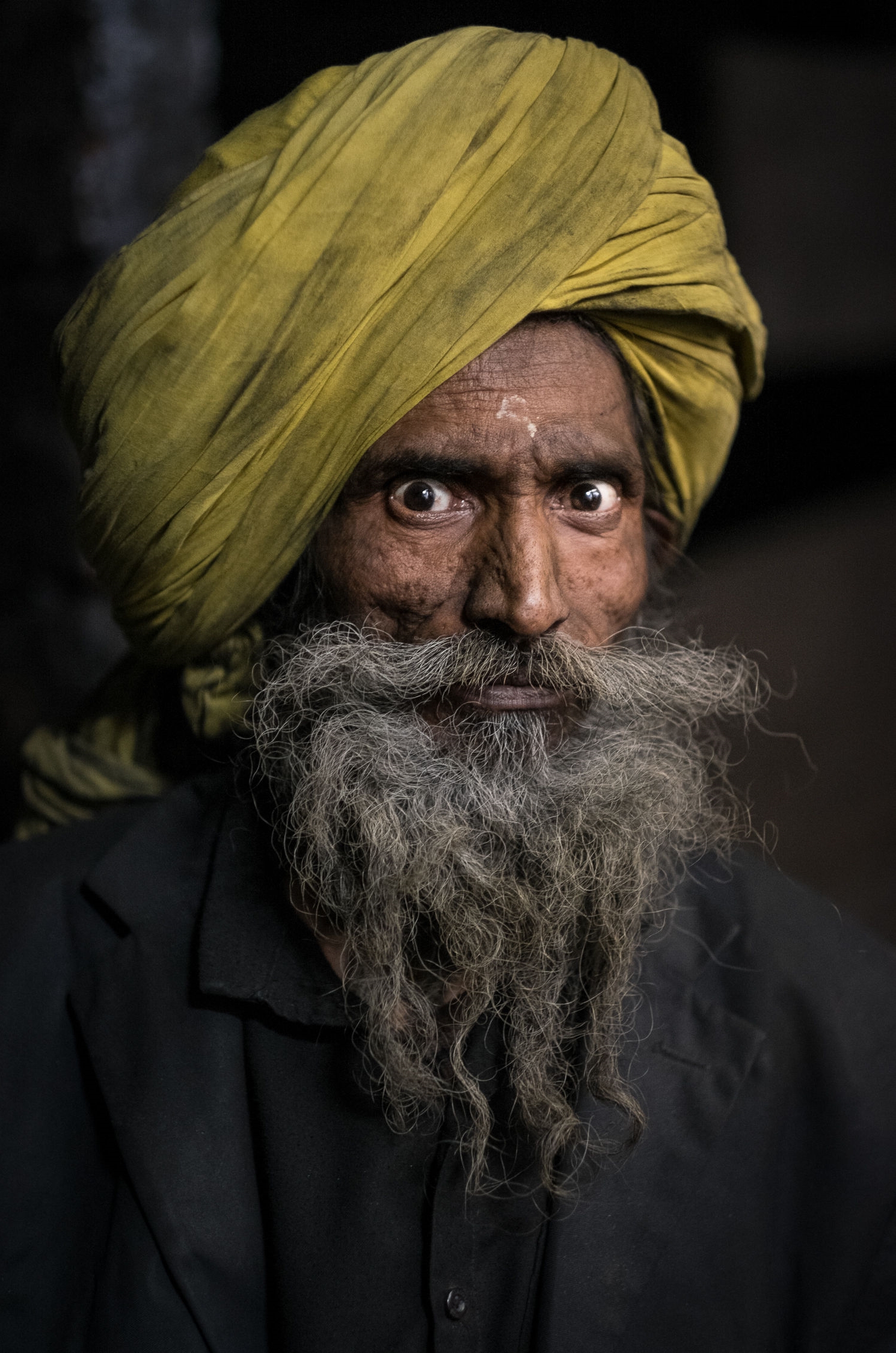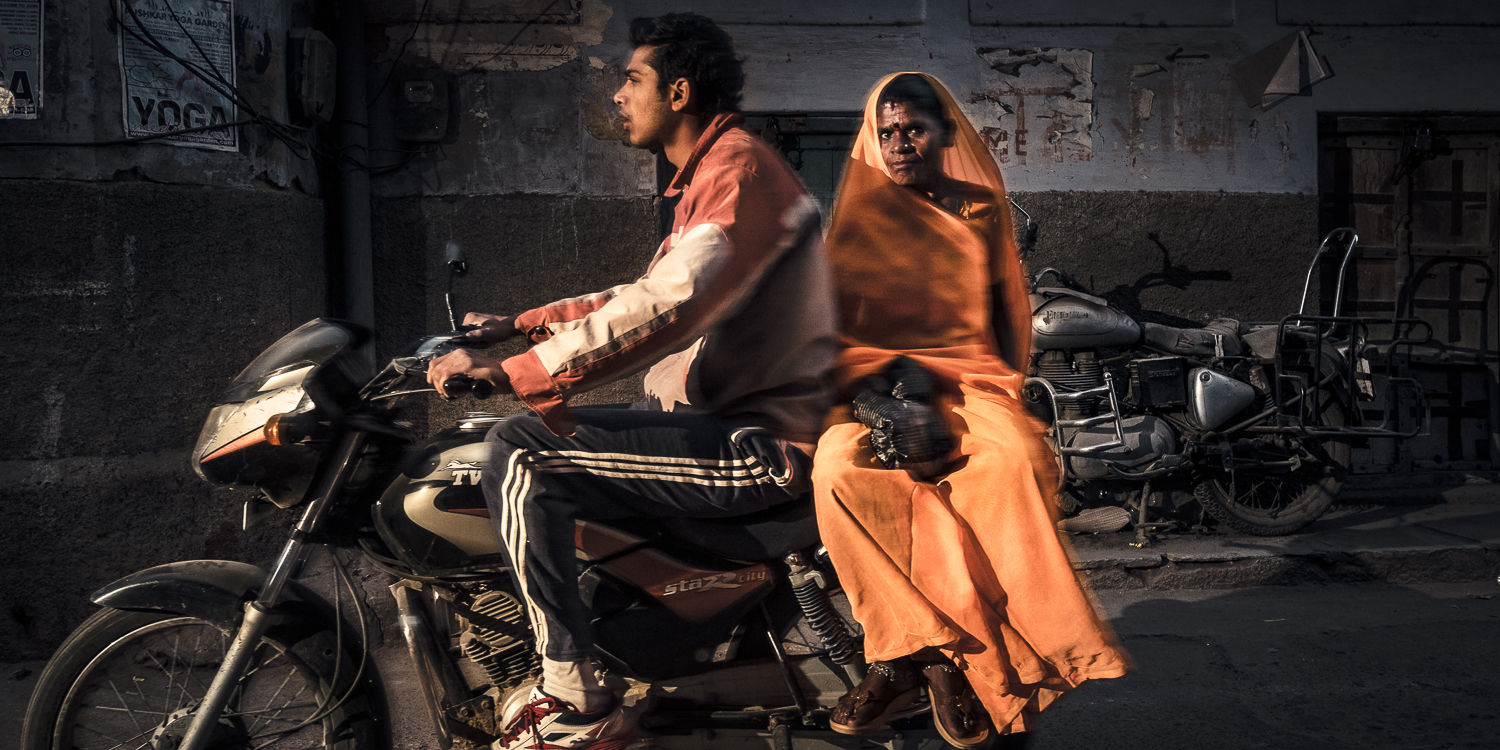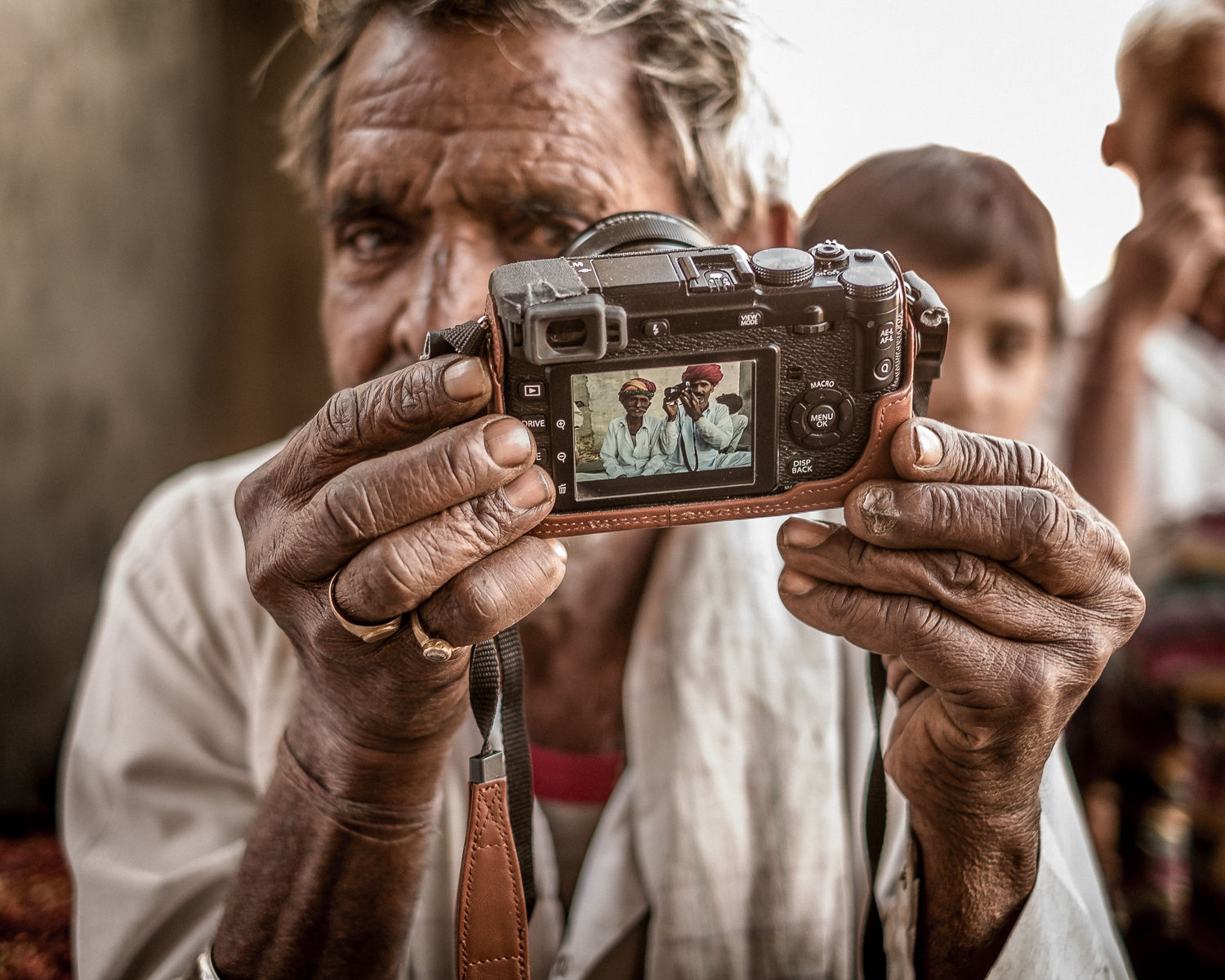This is the scenario I follow when I'm traveling: using Lightroom, I'll import my images from the SD card to the My Passport Pro. My Catalog and Previews are on an external 512 GB Angelbird SSD drive. When Lightroom prompts me to back up the catalog when I quit it, I altnernate that backup between the internal drive of my laptop and the WD My Passport Pro. This adds an extra layer of security for my Catalog, as I will always have a fairly recent version in at least two extra locations. I only backup the catalog itself, by the way, not the previews, as they are too bulky and can always be re-rendered if necessary.
If your Lightroom Catalog is not as big as mine (I have over 130.000 images in it), you could also put the Catalog, Previews and Smart Previews on the internal drive of your laptop or... on the My Passport Pro as well. Lightroom will just run slower because of the slower read and write speeds of this type of drive compared to solid state memory. Ultimately, you're the only judge of whether 'slower' still means 'fast enough' or 'too slow'.
Especially if you're using a MacBook Air for traveling, due to its limited internal hard drive space, I'd recommend against putting the catalog and previews on the internal drive.
Additional security precautions while traveling
Having my images and a backup of my Lightroom catalog on the My Passport Pro protects me against drive failure, but it does not protect me against theft or loss of the drive, obviously. That's why I never reformat my memory cards while I'm traveling: memory cards are cheap so I just bring plenty of them. By not reformatting them, I have an extra, super light backup which I can easily take with me. I also make it a habit never to leave the My Passport Pro and my laptop unattended together (like in the hotel room): I will always carry one of them with me. That's also an advantage of the 2 TB version over the 4 TB version: it's slightly lighter and quite a lot smaller.
If the internet is fast enough wherever I'm traveling, I'll try to upload my best pictures of the trip (say the 5 star ones) to Dropbox as yet an extra layer of security.
When I'm back home, I will connect my catalog drive and the WD My Passport Pro to my desktop computer and - using Lightroom ! -I will transfer the files over to my main storage system (currently a Drobo 5D Thunderbolt, although I have been investigating the options of NAS storage), freeing up room on the My Passport Pro for the next trip.
Scenario 2: using the drive as your only dedicated photo drive
For this workflow, I would recommend the 4 TB version because... you never can have enough storage, right? In this case, you just use the My Passport Pro as a convenient, small Raid device with the added benefit that should you ever want to take it with you, it's small and light enough to do so.
This gives you 2 TB of mirrored hard drive space. In the case of my Fujifilm Raw files, which weigh about 30 MB per image, this means I could safely store some 66.000 images on the 4 TB version. That's a lot of images! If you're planning on organizing and storing more images than that, you're probably better of using a bigger, heavier (and more expensive) Raid System or NAS system.
UPDATE: SCENARIO 3 - See Mike's comment for a possible third scenario I hadn't thought of myself.
Pricing
As you might expect from the feature list: these drives aren't cheap. If you're more of the DIY variety, you could get two separate drives and use separate backup software to do something similar. Personally, I prefer to avoid hassling with too much gear and software so I prefer to pay a premium for the portability and the convenience of the WD My Passport Pro. The 2 TB version will set you back some 289 € (that's at Dutch online retailer Bol.com) while the 4 TB version - if you're lucky enough to find a dealer that has them in stock - retails for about 432 €. As often is the case, it pays to surf around a bit and also, if you're reading this from the US, consider yourself lucky as prices are cheaper there.
The verdict
If you're a photographer using a Mac, the My Passport Pro is a very convenient tool to add an extra layer of security in your photography workflow, whether you're on the go or in your studio. The 2 TB version is very compact for its features and although not exactly shirt-pocketable, even the 4 TB version is still easily transportable. I've been using the 2 TB version for over a year now and other than one of the rubber feet getting MIA, which I replaced by a bit of Sugru, it has performed flawlessly!
Highly recommended!



